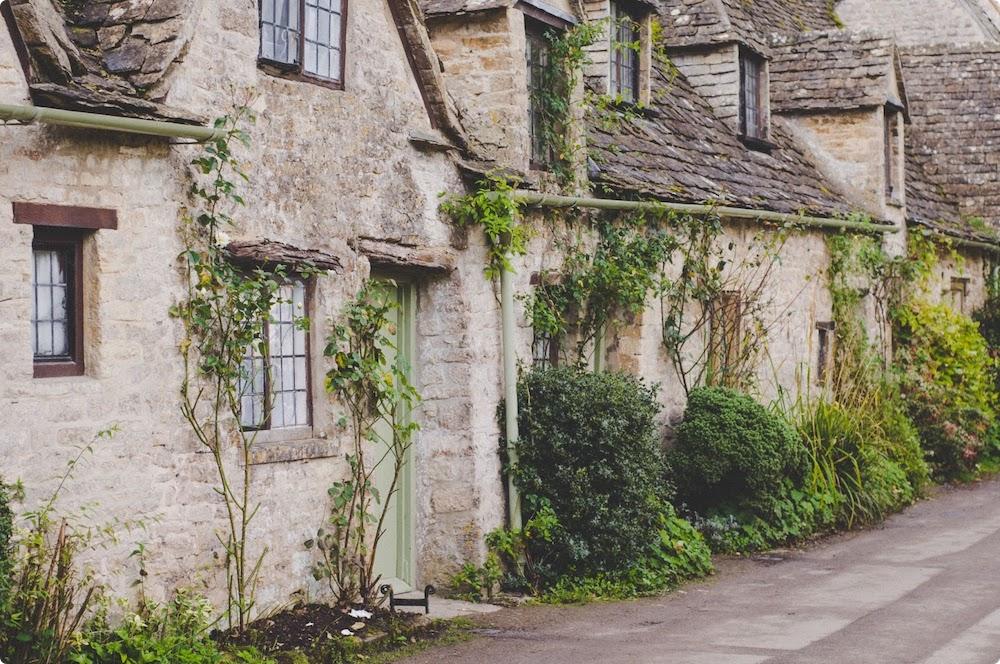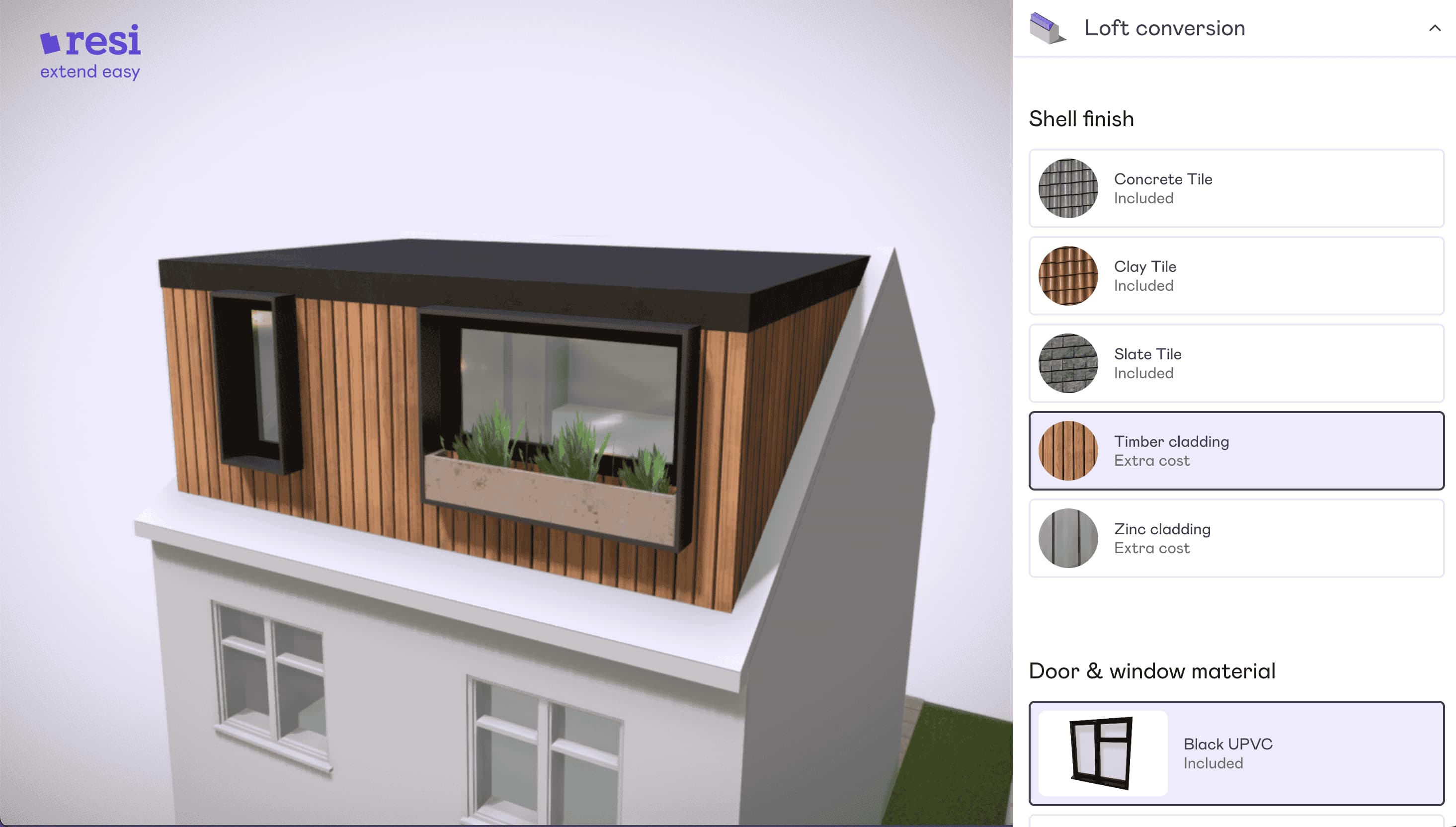If you’ve got unused attic space, a loft conversion could be a fantastic option for creating extra space in your home, offering an opportunity for you to improve your insulation and add value to the property. But before you get carried away, it’s vital to know whether your property is within a Conservation Area because there are particular rules and regulations around loft conversions that you should be aware of. Read on to find out everything you need to know about loft conversions within Conservation Areas.
What is a conservation area?
A Conservation Area is protected due to its architectural, historical or natural significance. Throughout the UK there are around 10,000 Conservation Areas – from country estates to woodlands and city suburbs – and each has its own unique character and feel. To preserve, protect or nurture these areas, certain restrictions and limitations are in place around building and planning.
How to find out if you’re in a Conservation area:
Because of the limitations imposed by Conservation Area rules, it’s important to know whether your property falls within one before you proceed to make any renovation or extension plans to your home or the surrounding area. Here’s how to find out if you’re in a Conservation Area:

Everything you need to know about loft conversions in Conservation Areas:
There’s no one-size-fits-all answer for whether or not you can get a loft conversion in a Conservation Area but there are likely to be some tricky rules and regulations in place so it pays to be informed when it comes to getting planning permission. The first thing to consider is whether the plans you’re proposing could have a significant impact on the roofline of your property – for this type of planning, consent will be essential. Without it, you could be risking hefty fines or even prison. There are plenty of types of loft conversion that you can choose from and each will have a different effect on your property and its appearance within your neighbourhood. Some types, such as hip to gable or dormer extensions have a greater chance of approval than others as they’re less overwhelmingly transformative. That being said, permission is still not guaranteed so, to give your project the best chance of going ahead, contact our planning team for guidance.

Our expert team at Resi used a dormer to bring this South East London top floor flat to life. The property was in Lambeth which is a conservation Area so it was vital our team present something acceptable to the council. The existing dormer was gently enlarged so it wouldn’t step outside the area’s rules but the impact on the inside space was huge and allowed us to build a beautiful room that serves as a study. Thanks to its position, it’s flooded with light and has a superb, spacious feel. Read more about Lambeth’s building work regulations to see what our obstacles were. The existing building had a side dormer so we enlarged the extension to accommodate a spacious living space and a small home office. Book a free consultation with one of our in-house experts about ideas for extending or renovating your property within Conservation Area restrictions.







